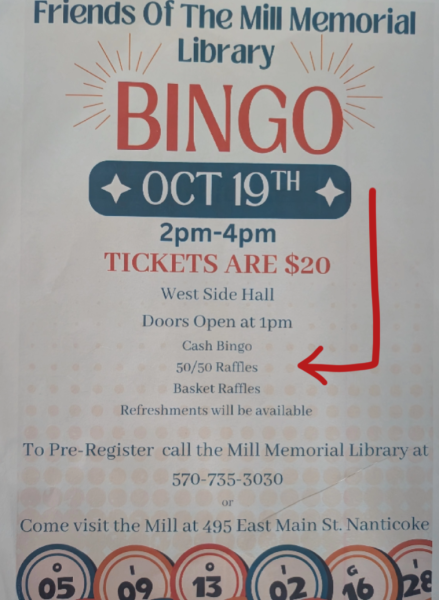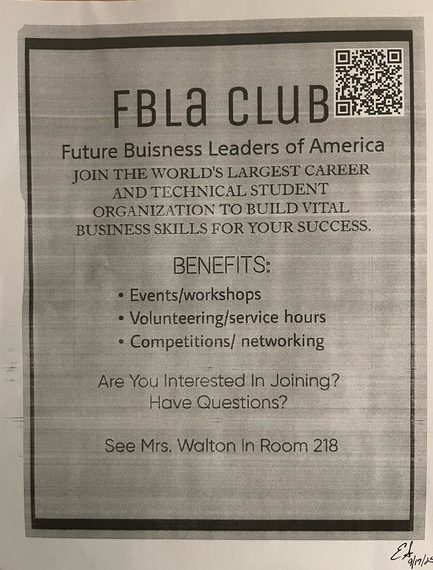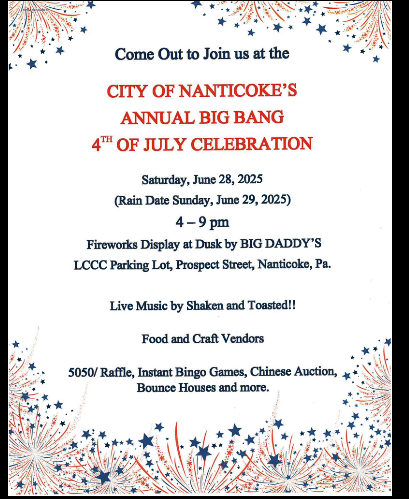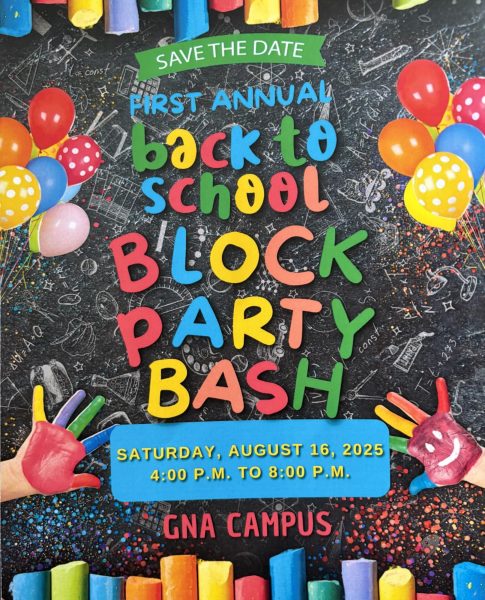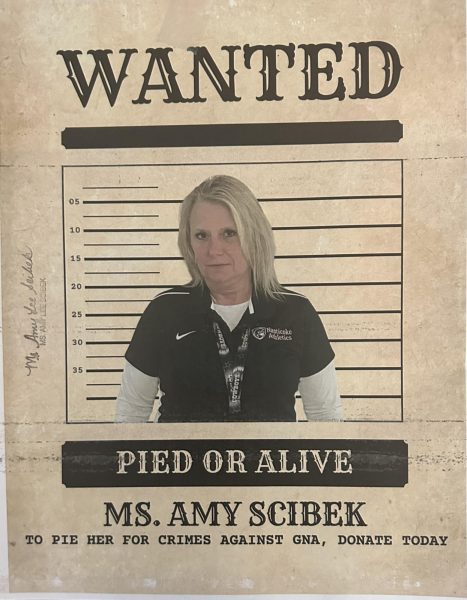History of: Concrete City
Concrete City is mostly characterized by locals with adjectives such as eerie and abandoned; however, there is so much more to the surprisingly historical city than graffiti. The local military, police and fire companies have found it to have unique and useful properties and have taken advantage of such uses. Concrete City used to be so much more than the vandalized ruins it appears to be today.
By the account of Robert A. Janosov, Concrete City was built in 1911 by the Delaware, Lackawanna, and Western Railroad (DL&W). In 1913 the city was unveiled and residents flowed in. The city was built to be the home of a choice few DL&W personnel, all of whom were English‐ speaking employees who held high value poisons.Only 40 of the 1,700 staff members of the DL&W companies had the opportunity to live with their families in this community. Concrete City was constructed in the shape of a square that consisted of twenty double houses.
The small city had sidewalks, electric street lights, a concrete swimming pool (which was drained when a boy drowned in 1914), a playground, a baseball field and tennis courts. Each home, which was half of a double, was rented out to a family at a cost of a mere 8 dollars per month. The houses consisted of 7 rooms: a living room, dining room, kitchen, and four bedrooms. A coal stove was placed between the living and dining rooms to provide heat. The houses were made of concrete, which is where the name Concrete City originates. The disadvantage of this was that excessive amounts of moisture seeped through the concrete, causing the homes to be damp. Eventually, The Glen Alden Company took possession of the property and refused to install proper sewer systems that would have cost $200,000, ergo demolition began in December of 1924.
Glen Alden had abandoned the property after 100 sticks of dynamite failed to do a significant amount of damage upon the buildings.
Perhaps the next time you visit the creepy, vandalized city, you can imagine it as it once was: a little city that families lived in and where children grew up with sidewalks, streets lights, baseball fields, tennis courts and a swimming pool.



